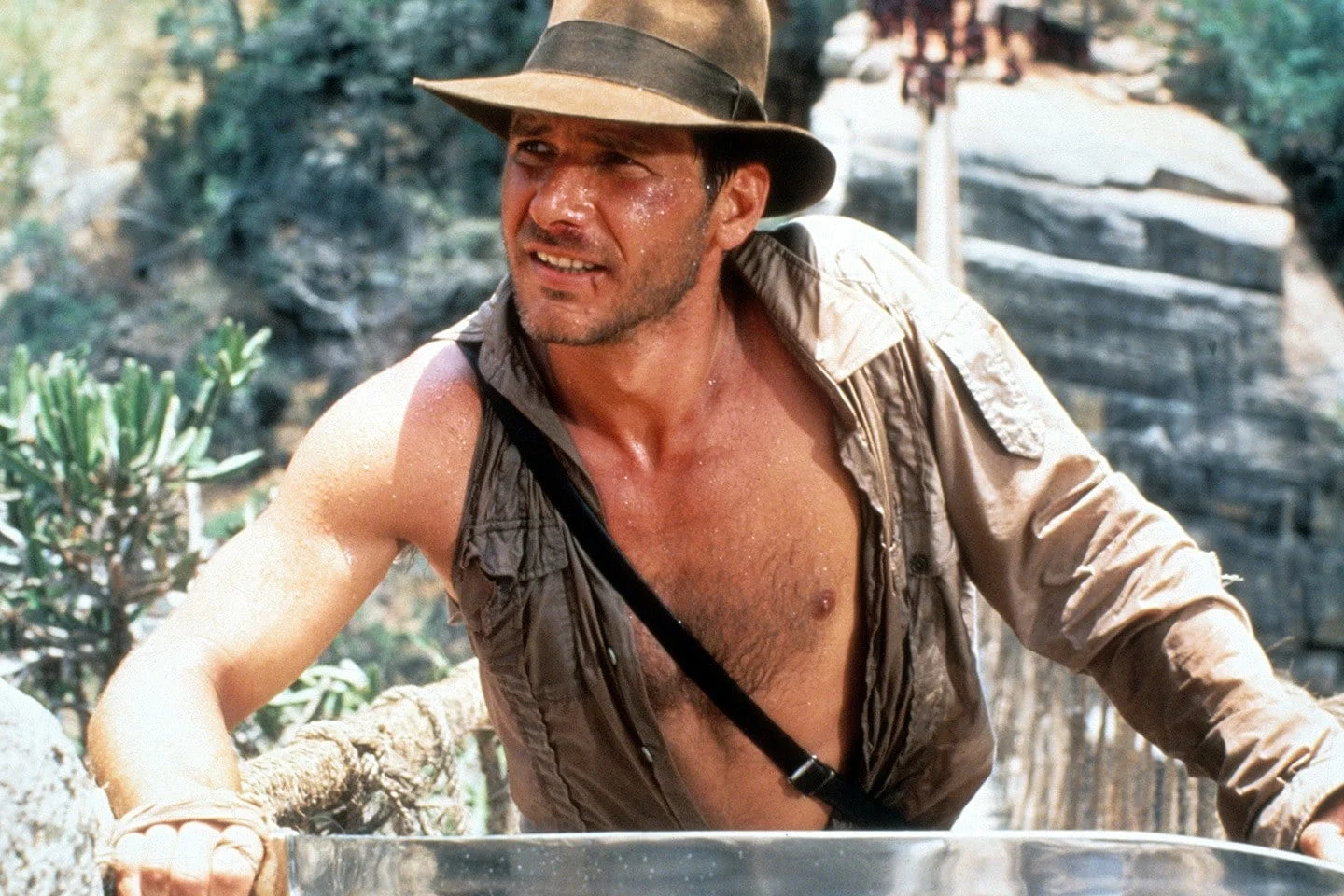5 Crazy Conspiracy Theories Surrounding Popular Films
Film, like any kind of art, has always been filled with symbolism that implies a deeper meaning than the surface story is telling. But sometimes fans dig deep — maybe too deep — to create insane theories around some of Hollywood's most beloved films.
Below are five of the craziest fan theories floating around.
5. Peter Pan Is The Angel Of Death
Peter Pan and the Darlings flying to Neverland. [Credit: Walt Disney Studios]
The explanation behind this Peter Pan theory is simple: Pan is an angel and a symbol of comfort as he leads children to Heaven or, as we know it in the story, Neverland. The Lost Boys, as well as the Darling siblings, are all deceased children who have crossed over to the other side after they are visited by Peter.
It's important to note the conspiracy is mainly drawn from Disney's Peter Pan (1953), and as several Reddit users pointed out, there are definite holes in this theory. The most significant being that at the end of the film, Wendy and her brothers return to England and are, well, clearly not dead. That theory crumbles apart pretty quickly.
4. A Death In Search Of The 'Fargo' Treasure
Steve Buscemi in 'Fargo' [Credit: 20th Century Fox]
In late 2001, a story circulated the web about a Japanese woman named Takako Konishi, who had been found dead outside of Detroit Lakes. The story explained that Konishi had come to America and died in Minnesota while searching for the almost $1 million Steve Buscemi's character, Carl Showalter, had buried in the Coen Brothers' film Fargo (1996).
Except the conspiracy was ultimately disproven: Konishi's death was ruled a suicide after investigating the multiple phone calls she had made the night prior to her death, as well as a suicide note she left her family. The Fargo origins came from a misunderstanding between Konishi and a police officer during previous encounter.
Still, filmmakers David and Nathan Zellner based a movie on this theory titled Kumiko, the Treasure Hunter (2014).
3. Nazis Created The Minions
Hall and Rees Submarine escape suits. [Credit: Royal Navy Submarine Museum]
Following the introduction of the fictional Minion characters to the world, the above image began making its way around the Internet. The image claimed to be one of Jewish children in gas masks waiting to be experimented on with Cyclon-B — the substance used by Nazis in gas chambers.
The origins of this conspiracy are strange but, thankfully, were debunked by Snopes. The image in question actually depicts people dressed in Hall and Rees Submarine escape apparatuses. Oh, and the photo was taken in 1908, distancing it even more from the twisted legend.
2. The 'Pulp Fiction' Briefcase Contains A Soul
Samuel L. Jackson in 'Pulp Fiction' [Credit: Miramax]
Quentin Tarantino fans and film theorists alike have dug deep to find the answer to a burning film question: what was in the briefcase Marsellus Wallace so desperately needed? Many have theorized that the briefcase held Wallace's soul, which he had sold to the Devil in exchange for his wealth and status. The 666 combination and Samuel L. Jackson's biblical reciting seem to strongly support this conspiracy. The biggest plot point to back up the theory, however, comes from the scene in Brett's apartment where the man from the bathroom misses every shot he fired at Jules and Vincent — what some believe to be "Divine Intervention."
This convincing, yet unconfirmed, theory is just one of many to come from the Tarantino film universe. In 1995, Samuel L. Jackson claimed he had asked Tarantino what was inside the briefcase. Tarantino's response? "Whatever you want it to be."
1. 'The Shining' Represents The Faked Moon Landing
Danny Lloyd as Danny Torrance in 'The Shining' [Credit: Warner Bros.]
Stanley Kubrick is probably the most talked about filmmaker of all time in terms of his mystique. Out of the many who believe the 1969 moon landing never happened, most of them agree Stanley Kubrick helped fake it. But the conspiracy doesn't end there because not only do they believe he faked it, they believe he made The Shining in order to admit it publicly.
While there is an entire documentary dedicated to conspiracy theories surrounding The Shining, there are a few key details theorists like to point to. Many believe Danny wears an Apollo 11 sweater as he sits on a hexagonal pattern to simulate a rocket blasting from a launch pad. The fact that Jack keeps what he saw in room 237 from Wendy about is a representation of the secret Kubrick was forced to keep. Lastly, the astronaut's drink, Tang, is shown in background of the film, and the various uses of the numbers 7, 21, 6, and 9 are believed to stand for July 21, 1969.
Whether or not you actually think a beloved cartoon character is symbolic of childhood death or believe a prominent filmmaker helped the government fake the 1969 moon landing, film theories truly are intriguing in their own right. Many of the ones mentioned have been explained — but as for the unexplained? Well, we'll just have to keep theorizing.


![Peter Pan and the Darlings flying to Neverland. [Credit: Walt Disney Studios]](https://images.squarespace-cdn.com/content/v1/59f0c195d0e628c0d5372978/1508962040989-21X3YQA8BWD2M11E58ZE/image-asset.jpeg)
![Steve Buscemi in 'Fargo' [Credit: 20th Century Fox]](https://images.squarespace-cdn.com/content/v1/59f0c195d0e628c0d5372978/1508962109500-B18PG7EUEAJWKCEOFSYH/steve-buscemi-in-fargo-credit-20th-century-fox.jpg)
![Hall and Rees Submarine escape suits. [Credit: Royal Navy Submarine Museum]](https://images.squarespace-cdn.com/content/v1/59f0c195d0e628c0d5372978/1508962165630-EJHOAX8QPLWQJ1XMJ3CI/hall-and-rees-submarine-escape-suits-credit-royal-navy-submarine-museum.jpg)
![Samuel L. Jackson in 'Pulp Fiction' [Credit: Miramax]](https://images.squarespace-cdn.com/content/v1/59f0c195d0e628c0d5372978/1508962221726-5HM5DJQDQGZVZQ01E5X7/samuel-l-jackson-in-pulp-fiction-credit-miramax.jpg)
![Danny Lloyd as Danny Torrance in 'The Shining' [Credit: Warner Bros.]](https://images.squarespace-cdn.com/content/v1/59f0c195d0e628c0d5372978/1508962285981-SKQ2WL73J2O3N5L8XTSQ/danny-lloyd-as-danny-torrance-in-the-shining-credit-warner-bros.jpg)
